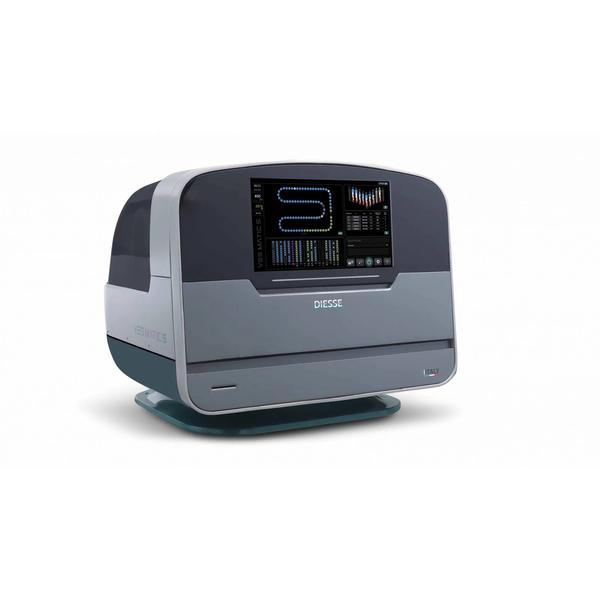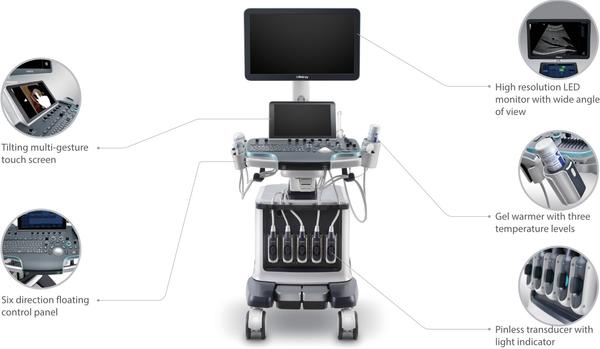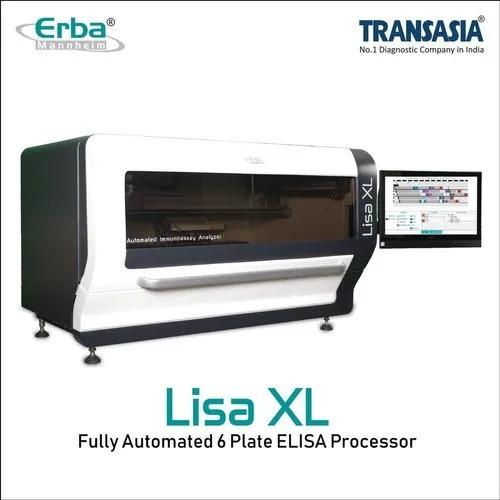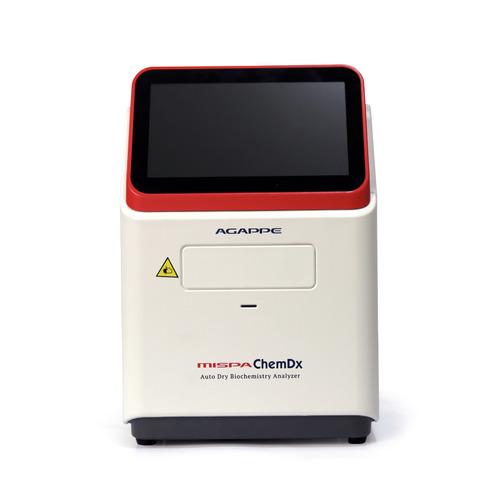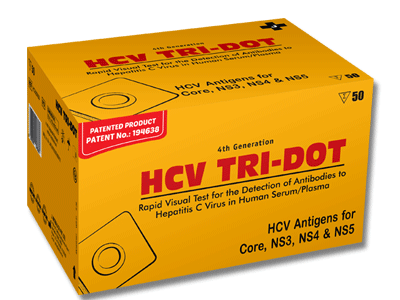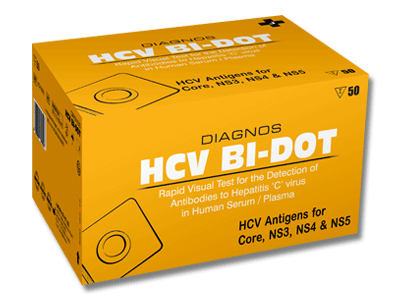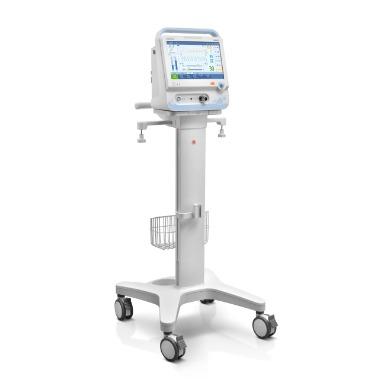VES MATIC 5 is the next-generation automated module manufactured by Diesse Diagnostica (Italy), a highly advanced, Intelligent, Intuitive & Interactive Graphic user Interface for estimating ESR using EDTA samples. Product Features: Automated instrument for the determination of ESR directly from EDTA vacutainers Faster TAT by loading 216 sample tubes at a time Pediatric samples can be processed in microtainers Reliable results with Temperature correction facility Accurate results by eliminating manual HCT correction in Anaemic samples Real-Time monitoring of samples Detection of Lipemic, Hemolyzed, Coagulated samples Standardization in mixing with Inbuilt Mixer Analyser P. Code Product Name Pack size Vesmatic 5 165941 Next 5K Transponder 1x 5000 Vesmatic 5 165942 Next 10 K Transponder 1x 10000 Display - 19" Full HD (1920x1080) LCD with PCAP Touch Screen Peripheral Control - based on Everex distributed control system with peripheral motor control boards Operating system - Linux Analysis module - 89 Positions for Sample Tubes Sample Loading - up to 18 racks simultaneously Throughput - 190 samples per hour. First result after 28 minutes Walk away mode - Supported Continuous loading - Supported Sample mixing - with multiple 180° rotations of the tubes Collection of analysed samples - reinserted into the original loading rack LIS Connection - Multiple LIS connection protocols are available: ASTM / Proprietary Remote diagnostics - available via Ethernet connection. Printer -Alphanumeric with 58mm-wide thermal paper, 36 characters per line, speed 20 mm/sec. Imaging System - 2 high resolution cameras for sample identification and analysis; 1 standard camera for internal inspection Image processor - Dedicated Quad Core CPU with integrated GPU for real-time HD image processing of samples Temperature range in operation - from +15 to + 35°C; Storage from + 5°C to + 45°C Humidity range - from 20% to 80% without condensation Central unit - Quad core ARM Cortex A-53 CPU ARM Cortex A-53, 16 GB eMMC, 4 GB RAM Interfaces - 2 x RS232C, 2 Host USB, 1 Client USB, Ethernet Protection category - CLASS I Safety standard - EN 61010-1, EN 61010-2-081, EN 61010-2-101 EMC - EN61326-1 Installation category - II Mains voltage - 230VAC@50Hz; US/Canada: 110-120Vac@60Hz Electrical energy consumption - 420VA Fuse block - 2 x 5.0 AT (delayed) (5 x 20 mm) UL Dimensions (mm) - 850 (W) x 750 (H) x 830 (D) Weight - 80 kg
Send Message